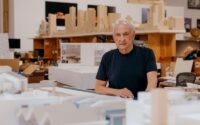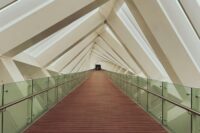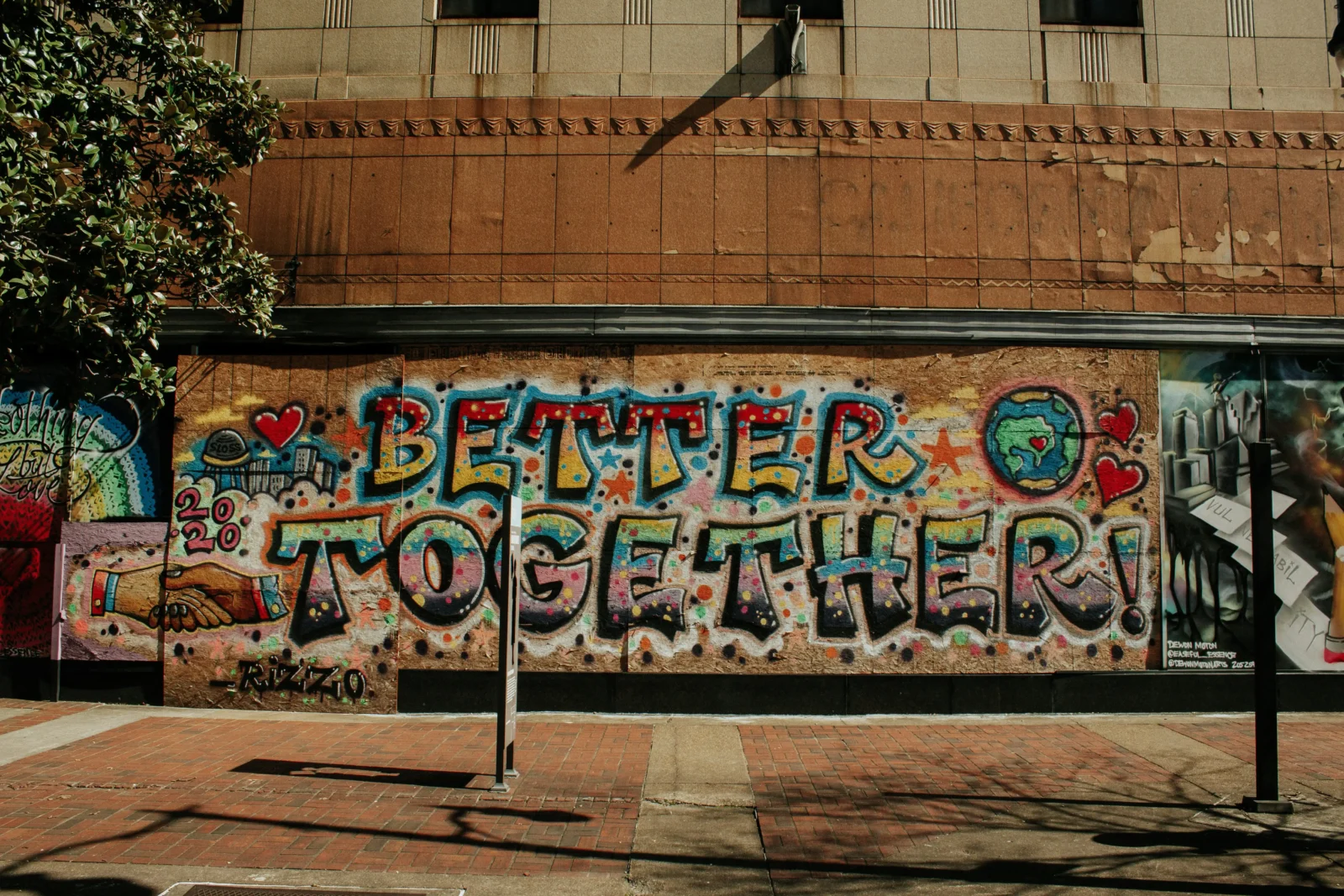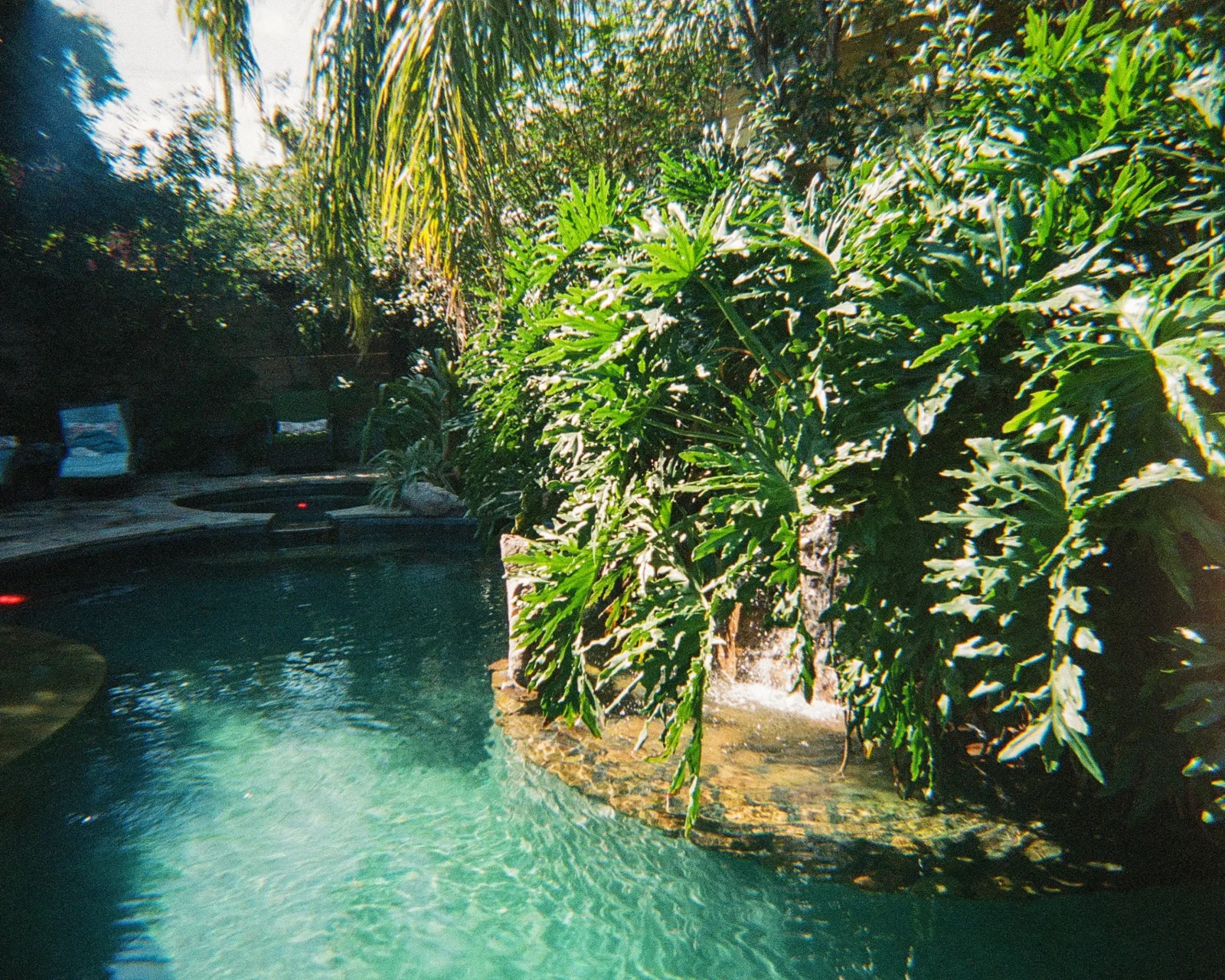- Home
- Articles
- Architectural Portfolio
- Architectral Presentation
- Inspirational Stories
- Architecture News
- Visualization
- BIM Industry
- Facade Design
- Parametric Design
- Career
- Landscape Architecture
- Construction
- Artificial Intelligence
- Sketching
- Design Softwares
- Diagrams
- Writing
- Architectural Tips
- Sustainability
- Courses
- Concept
- Technology
- History & Heritage
- Future of Architecture
- Guides & How-To
- Art & Culture
- Projects
- Interior Design
- Competitions
- Jobs
- Store
- Tools
- More
- Home
- Articles
- Architectural Portfolio
- Architectral Presentation
- Inspirational Stories
- Architecture News
- Visualization
- BIM Industry
- Facade Design
- Parametric Design
- Career
- Landscape Architecture
- Construction
- Artificial Intelligence
- Sketching
- Design Softwares
- Diagrams
- Writing
- Architectural Tips
- Sustainability
- Courses
- Concept
- Technology
- History & Heritage
- Future of Architecture
- Guides & How-To
- Art & Culture
- Projects
- Interior Design
- Competitions
- Jobs
- Store
- Tools
- More

Creating an inspiring and functional office environment is crucial for enhancing productivity and fostering a positive work atmosphere. In this second installment of our guide, we will delve into the world of office interior design. Whether you are setting up a new workspace or seeking to rejuvenate your existing office, this article will provide you with valuable insights and practical tips to design the best interior space for your professional needs.
Body: In this article, we will explore various aspects of office interior design, including workspace layout, ergonomic considerations, color psychology, and the integration of technology. We will discuss the importance of creating a well-organized and efficient workspace that promotes collaboration and enhances employee well-being.
Furthermore, we will delve into the significance of incorporating ergonomic furniture and equipment to ensure the comfort and health of your workforce. We will also explore the role of color psychology in influencing productivity and morale, as well as the integration of technology to facilitate seamless operations and communication within the office.
Designing the best interior space for your office requires a thoughtful approach that takes into account the unique requirements of your business and the well-being of your employees. By implementing the principles and techniques discussed in this guide, you can create an office environment that fosters productivity, creativity, and employee satisfaction. Stay tuned for the next articles in this series, where we will explore exceptional interior designs for museums and schools.
Interior Design Tips for Offices
- When designing an office, consider the layout that best suits the needs of your team and promotes productivity. Options include open-plan layouts for collaboration, cubicles for individual focus, or a combination of both. Ensure there is a good balance of private and shared spaces to accommodate different work styles.
- Create a comfortable and ergonomic workspace by providing adjustable desks, ergonomic chairs, and proper lighting. Consider incorporating standing desks or alternative seating options to encourage movement and reduce the negative effects of prolonged sitting.
- If possible, make use of natural light by positioning workstations near windows. Natural light not only improves mood and productivity but also reduces reliance on artificial lighting. Use window treatments that allow for adjustable privacy and light control.
- Include dedicated breakout areas in your office design. These spaces can be used for informal meetings, brainstorming sessions, or as relaxation zones for employees. Provide comfortable seating, writable surfaces, and amenities like coffee stations to encourage creativity and collaboration.
- Effective storage solutions are essential to maintain a clutter-free and organized office. Incorporate ample storage options such as cabinets, shelves, and drawers. Consider utilizing vertical space to maximize storage capacity and keep the workspace tidy.
- Consider the company’s branding and desired atmosphere when selecting colors for the office. Neutral colors with pops of the company’s brand colors can create a professional and cohesive look. Additionally, consider using accent colors strategically to energize or calm specific areas of the office.
- Prioritize employee well-being: Consider incorporating elements that support employee well-being, such as dedicated wellness rooms, fitness areas, or quiet spaces for relaxation and meditation. Access to natural elements, such as greenery and outdoor views, can also enhance well-being.
For example, the headquarters of Google, located in Mountain View, California, showcases an innovative and playful office design. The space features open-plan layouts, vibrant colors, creative meeting spaces, and amenities such as gaming areas, nap pods, and themed lounges. It promotes collaboration, creativity, and employee well-being.


Airbnb’s headquarters in San Francisco is renowned for its unique and inviting office design. The space reflects the company’s brand identity and values, incorporating cozy meeting spaces designed to resemble Airbnb listings from around the world. It embraces a mix of modern and vintage aesthetics, creating a comfortable and inspiring work environment.

The Dropbox headquarters in San Francisco boasts a contemporary and collaborative office design. It incorporates open spaces, comfortable lounges, and versatile meeting areas that encourage teamwork and creativity. The design also incorporates sustainable features such as recycled materials and energy-efficient systems.

Submit your architectural projects
Follow these steps for submission your project. Submission FormLatest Posts
The Art of the Streetscape: How Thoughtful Design Builds Stronger Communities
Ever walk down a street and just feel… good? Like there’s something...
Creating Your Dream Backyard Oasis: Design, Structures, and Maintenance
Australian homeowners are rediscovering the value of their outdoor spaces like never...
10 Common Architectural Symbols and Their Meanings
Architectural drawings rely on symbols to communicate complex ideas quickly and clearly....
Best LED Shop Lights 2026: Brightest Options for Garage & Workshop
In 2026, LED shop lights have become essential for creating safe, efficient,...












Leave a comment